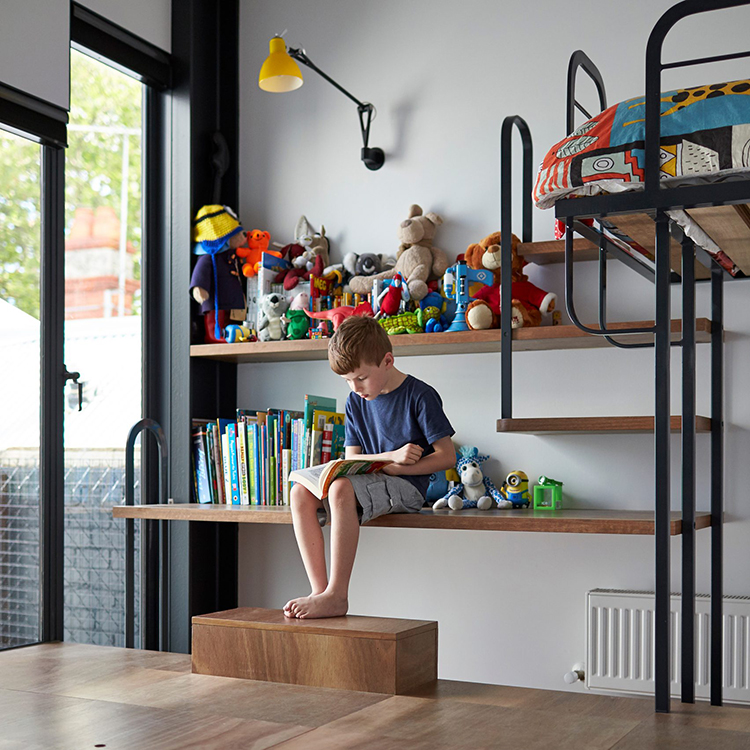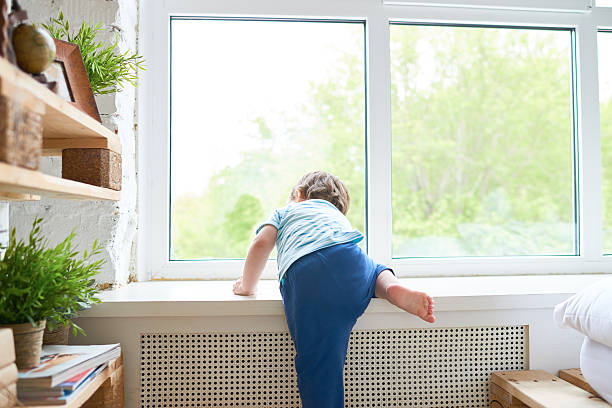Nothing feels quite like home, right? Whether you’re a homeowner or a designer, it’s important to design a home that feels safe. Some accidents are preventable, but you should still consider children who are prone to accidents.
In this article, we will provide a guide that’s helpful for designing an accident-free home.
Safety Inspections
Safety comes first, always. It’s important to get the necessary inspections and permits, so you don’t face any legal liabilities or safety issues later on. Getting a permit means, that any accidents, such as a fall accident from an unstable railing or backyard deck, are less likely to occur, and understanding the role of a personal injury lawyer may bring light to the importance of decreasing your liability.
Choose Furniture Carefully
Tall, slender furniture such as lamps are prone to falling down and causing a mess or an accident. It’s best if you opt for heavy but easy-to-carry furniture so that you avoid the risk.
Also, if you have children and you’re thinking of getting bunk beds, think again. They can be dangerous for children less than six years of age, but if you have older children, here are some guidelines to help you pick the right bunk bed:
- The upper bunk must have railings on the sides
- The opening of the upper bunk should not exceed 15 inches at each end
- The railings must be strong and have a 5-inch extension from the mattress
- The size of the mattress should match the bunk
Well-lit Stairs
Anyone who climbs the stairs can easily fall down, especially if they are slippery. That’s why you should clean stairs regularly because if you have children running around, this can be very dangerous. Stairs should also be cleaned/mopped often since that minimizes friction and ensures a safer experience.
Apart from being clean, the area around the stairs should be well-lit and provide easy access to switches. The best type of lights for stairs are the ones that light up when they detect any movement, so that there’s a lower chance of injury. Overall, these lights are usually very affordable.

Upholstered Furniture
When it comes to high-end design, an upholstered sofa is a top choice because it feels luxurious and elegant. However, you might be surprised to know that upholstery is extremely flammable, especially if you place it near a fireplace or radiator.
Upholstered furniture can also release harmful toxins, which are dangerous for everyone in the house. That’s because many manufacturers use PFCs to make upholstered furniture water-resistant or stain-resistant.
But, if these PFCs are exposed, it increases the chances for liver problems, cancer or other disabilities.
Appliances
One might think that kitchen or bathroom appliances don’t pose any risk, but the truth is that you should pick them with care. For example, all appliances should be away from water because there’s always the risk of short circuits.
If you didn’t already know, water and electricity should never be near each other. The same thing should be applied to bathroom appliances such as electric shavers as they are plugged in near the faucet.
The Basics
The basics are the most important. You have to make sure that heavy furniture or appliances such as the fridge and TV have sturdy resting feet and are well-grounded. In terms of electronics, ovens and microwaves should be away from the edges and pushed towards the wall.
The same goes for drawer stands and cupboards; they should be well pushed against the wall so they can’t fall. Lastly, to prevent any risks, you should check up on loose joints or bolts once a month.






